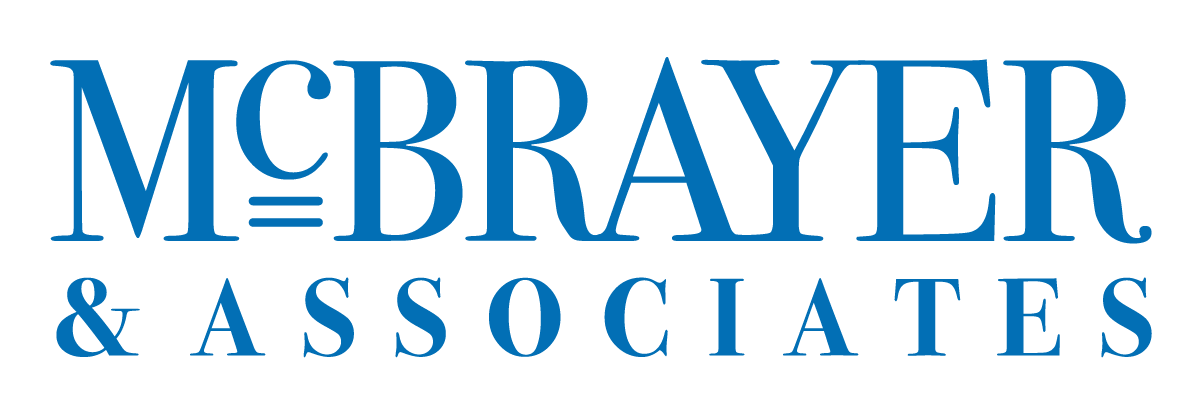2 Most Urgent Emotions to Make Prospects Decide

Neuroscientists have finally proven something that world-class salespeople have always known. People decide emotionally and then justify their decision with logic. They usually don’t even realize they’re doing it.
Business decisions, we have been told, are particularly based on facts, and should be devoid of emotion. That simply is not the case.
In order to master persuasion, our corporate sales training shows how we must begin by understanding how people are persuaded. Because we know that people decide with their emotions, we need to understand which emotions drive business decisions.
At the middle of the Predictive Sales Funnel ™, sales people work to build urgency. That means, through the development of two compliance principles, we are able to move higher on the prospect’s To Do List.
The two emotions that create Urgency are Reciprocity and Scarcity.
Reciprocity
Based on social norms across cultures, reciprocity demands that one sort of action be repaid in kind.
Politics and businesses live and die on reciprocity. We use reciprocity in the Middle of the Funnel when we seek to understand first. Rather than pushing our idea or product, we actively listen to the prospect’s issues to create an environment of asking questions and listening.
In Social Psychology
Social psychologist at Cornell University, Dennis T. Regan, performed a lab experiment in the 1970s to examine the effects of a favor and liking on compliance. In the experiment, the volunteer was ultimately asked to buy a raffle ticket from the experimenter.
In some groups, the experimenter did nothing at all to influence his likability or tap into reciprocity. Likability affected the outcome positively. The highest sales rate of the raffle ticket happened, though, when the experimenter bought the volunteer a soft drink.
To quote the study, “the relationship between favors and compliance is mediated, not by liking for the favor-doer, but by normative pressure to reciprocate.”
How to Incite Reciprocity
One form of reciprocity—as we saw in the example above—is to give something. Even when the gift is not immediately repaid, it is generally reciprocated over time.
The second, more applicable form of reciprocity in the business scenario is understanding. When we seek first to understand others, we can greatly increase the odds that our prospect will reciprocate when we seek to be understood.
Here are some ways of inciting reciprocity:
- Search and acknowledge virtues.
- Unify under common goals.
- Perform a favor.
- Mirror the prospect’s verbiage and body language.
Scarcity
Scarcity is simply the term for wanting what we can’t have, especially when we are accustomed to having it.
Some examples of scarcity motivating buying or choice are the following:
- The gas shortage in the 1970s—or even hearing that gas prices will soon rise—sends everyone out to the station to fill up.
- The New Coke incident–not only did customers not like New Coke, but the demand for Coca-Cola Classic skyrocketed when it was on longer available.
How to Utilize Scarcity
Studies show that although prospects do respond to scarcity, when your prospects are smart (which they are), they can detect that it is being used as a selling tactic. When your buyer feels like they’re being “sold,” scarcity does not work.
Here are the classic examples of when scarcity doesn’t work:
- “I have someone else coming to look at this house in half an hour. They seem like they’re ready to make an offer.”
- “If you buy the membership right now, then I can knock 10% off the price.”
Basically, because both of these instances are contrived, most buyers can see through the words to the tactic, and they balk.
The most effective ways of utilizing scarcity are the following.
- Quantity-related scarcity. Such as, “There are two seats left at this price.”
- Time-related scarcity. “Last day to buy at this price.”
We see this electronically when we add something to our cart and get the warning that only two of our item is left in stock, or when the sale ends at two hours. Click here for more examples of scarcity at its best.
Conclusion
So, if your sales force is wondering how to convince your buyer to make a decision, then the principles of reciprocity and scarcity that we teach in our corporate sales training will help. Reciprocity and scarcity drive your business decision to the top of the prospect’s To Do List, and develop urgency that the buyer acts now.
Photo by Matthew Wiebe.
